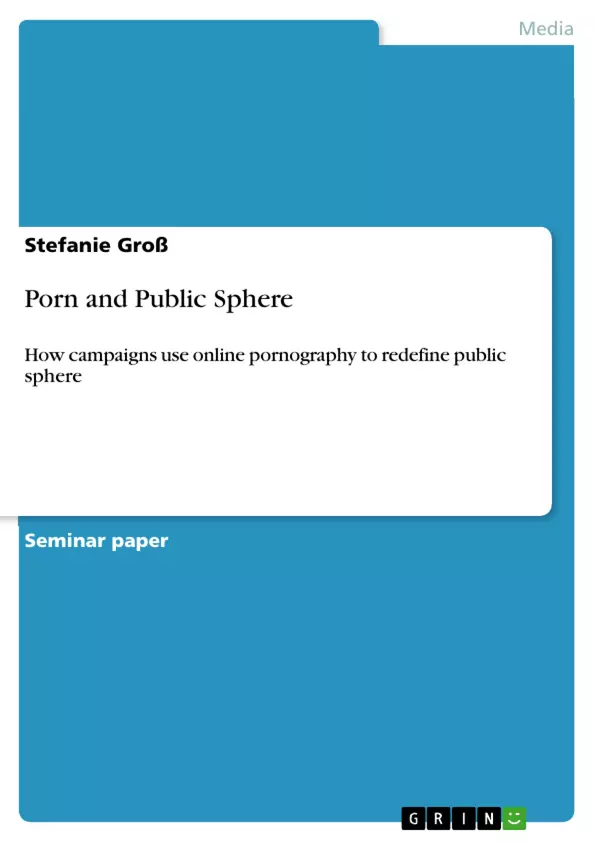“Pornography is the attempt to insult sex, to do dirt on it.”
- D. H. Lawrence -
In the 21st century pornography doesn’t have the negative connotation that it had when Lawrence wrote his book “Pornography and Obscenity” in 1929 quoted above. After the sexual revolution, the invention of the birth control pill and the women’s movement it seemed like there are no obstacles to live out the hard-fought sexual freedom and talk openly about any matters related to sex – including porn. It appears that our Western world has entered into an enlightened century with boundless sexual expression. However, there are still some issues needed to be solved, especially with regard to new technical accomplishments. The internet is often rumored to consist only of content related to either cats or porn, but it is true that no other genre has benefited from the internet as much as the porn branch. As a computer user, one is literally just clicks apart from the biggest collection of the digital lust serving any possible fantasy without being exposed to a judging public.
Online pornography has become more private and anonymous than ever before, but on the other hand it has generated an intense public debate. This essay examines how and why debates on pornography emerged in the western world and what the actual subjects, motifs and arguments of the controversy are.
Content
Introduction
What is Public Sphere
Traditional and post-modern approaches – Habermas vs. Fraser
Digital Public sphere
Pornographos, Karma Sutra and the Golden Age of Porn
Cyberporn
Attempted definition of modern porn – “I know it when I see it”?
Porn, Erotica & Obscenity – a complex field of blurry lines
Pornography as a Genre
Porn and the public–private–dichotomy
Pornography as part of the public sphere
The Right to Online Pornography
Pornography and recent campaigns
Liberal theory of pornography
Feminist theory
Law vs. Porn
Conclusion
Bibliography
Articles and other Media Sources
Further Readings
- Quote paper
- Stefanie Groß (Author), 2013, Porn and Public Sphere, Munich, GRIN Verlag, https://www.grin.com/document/231302



